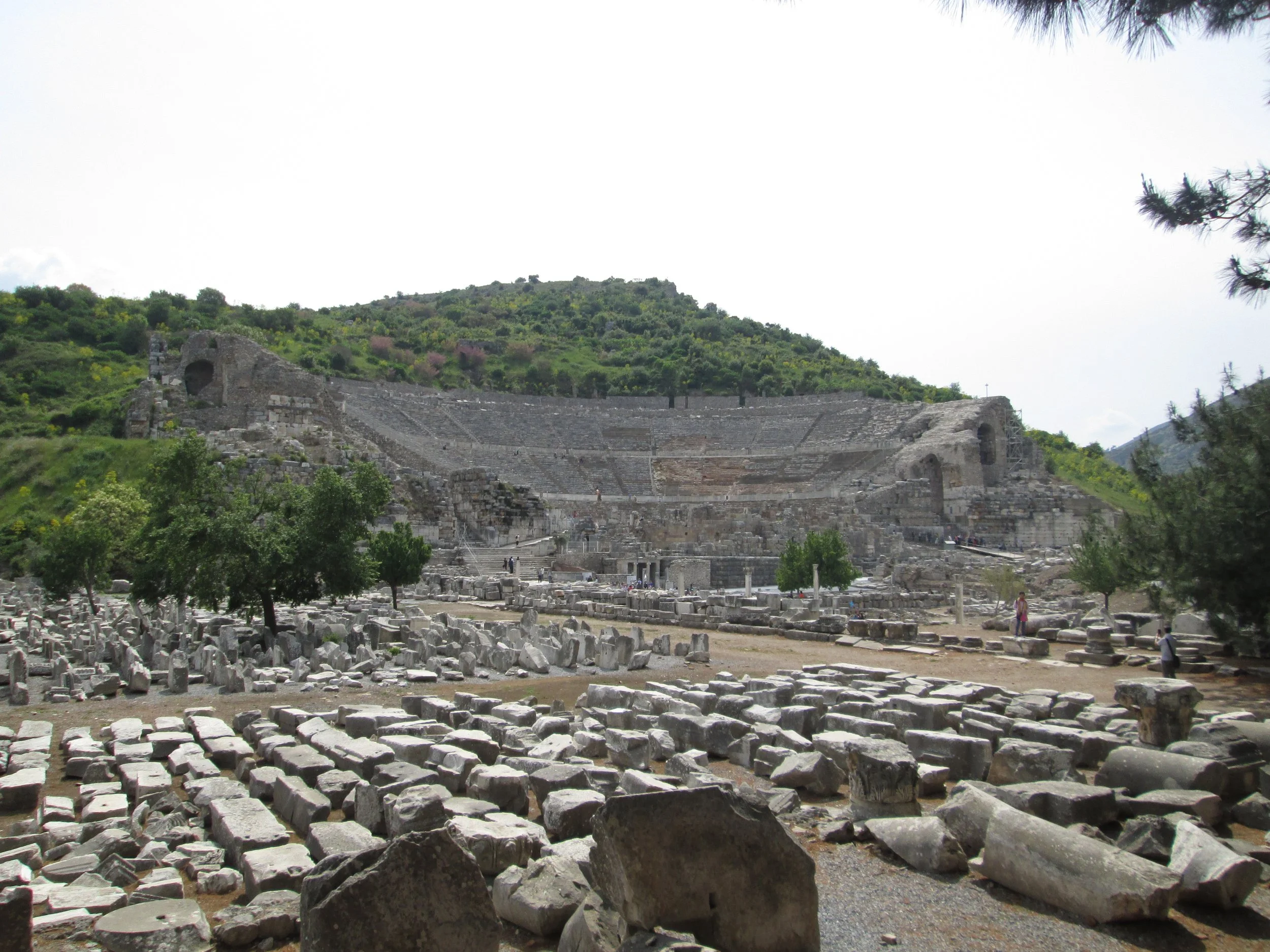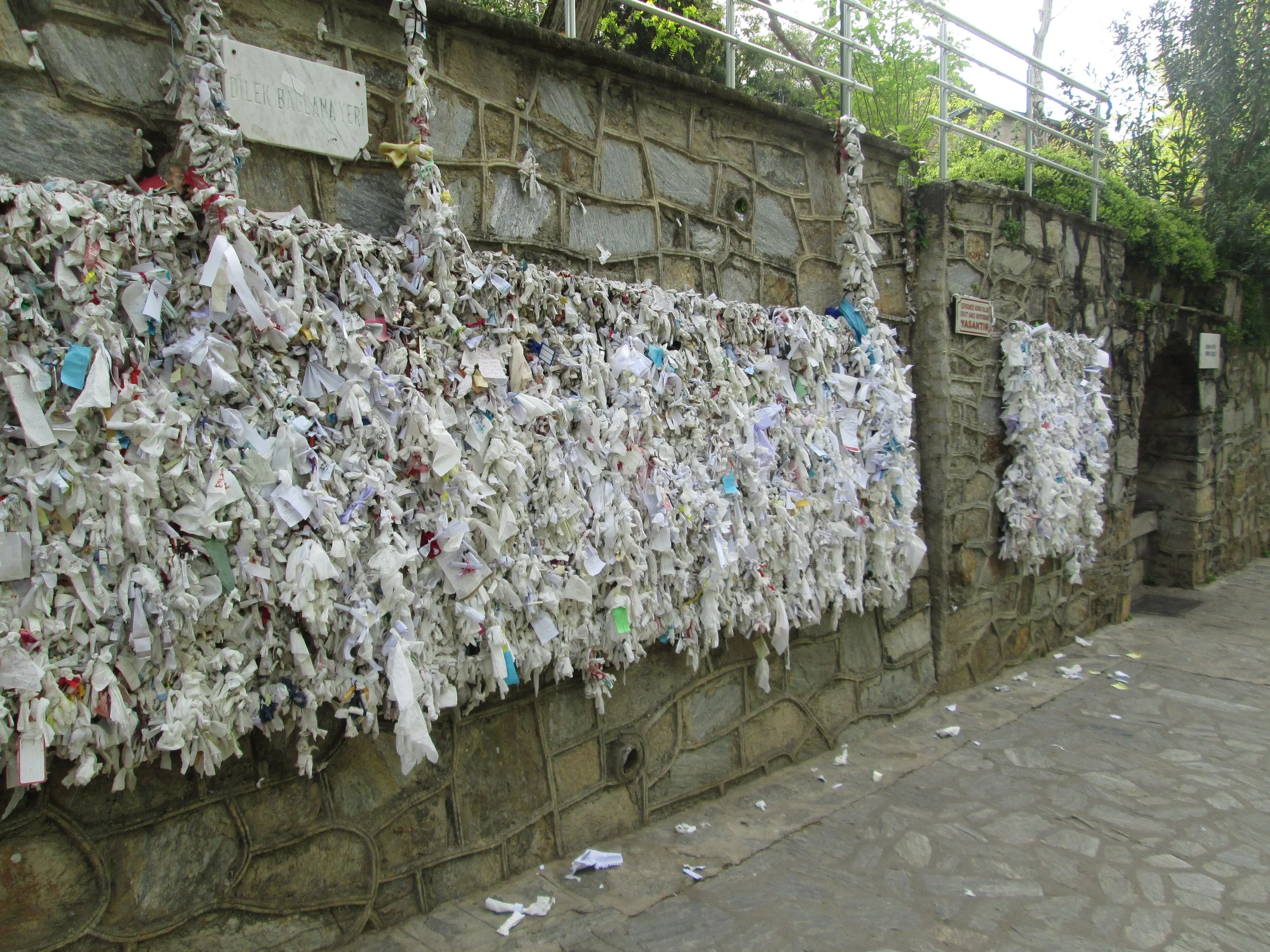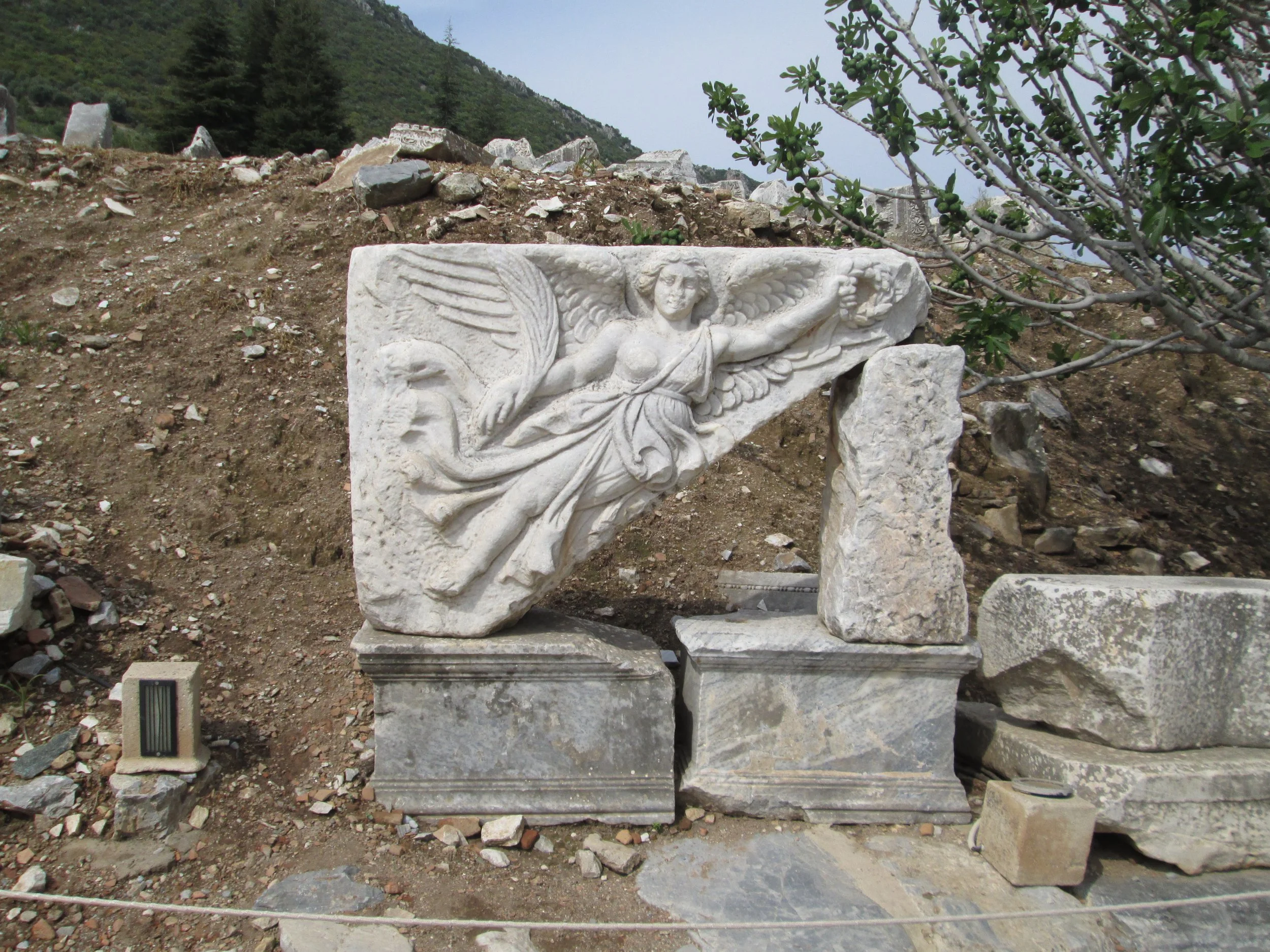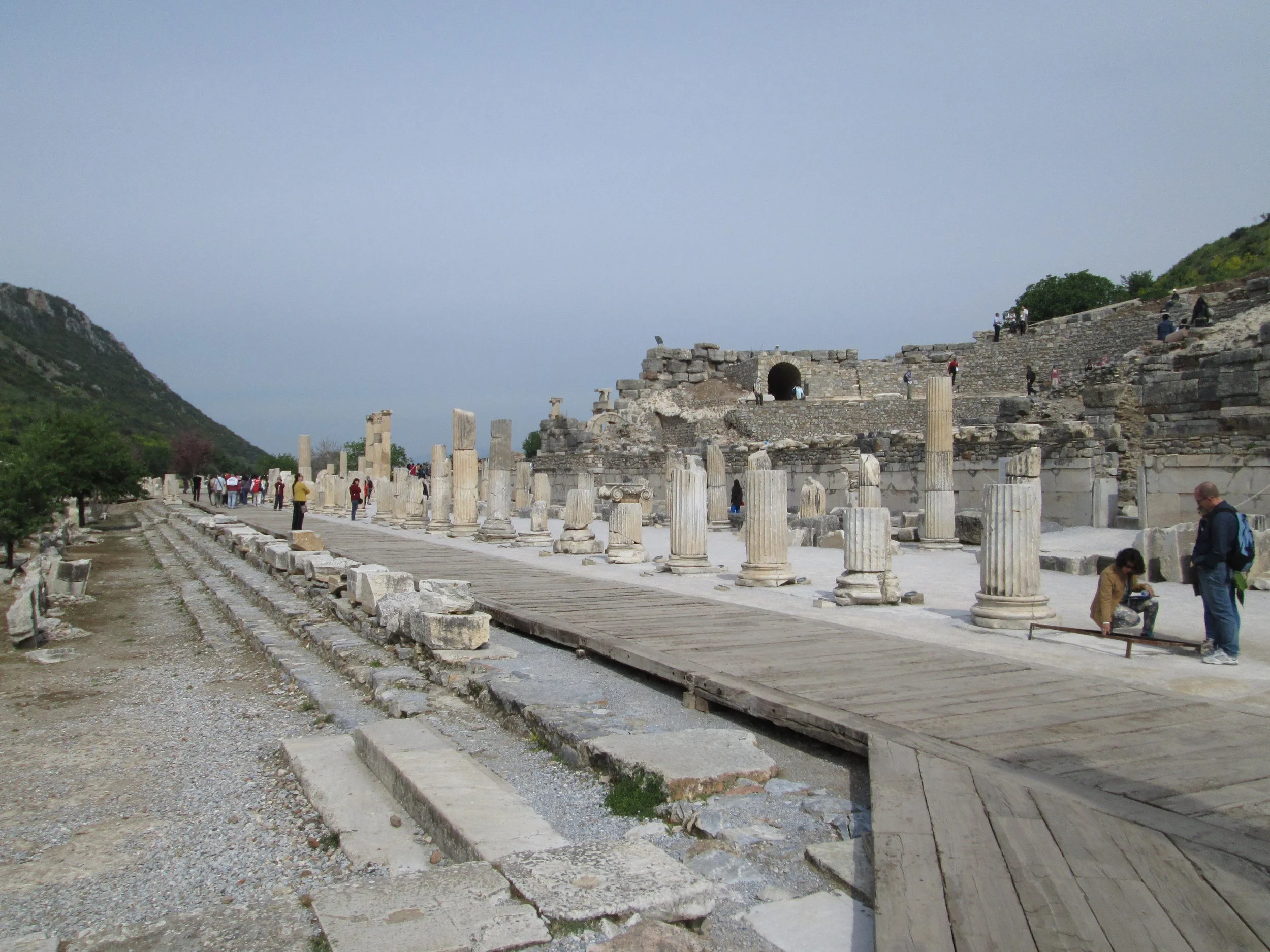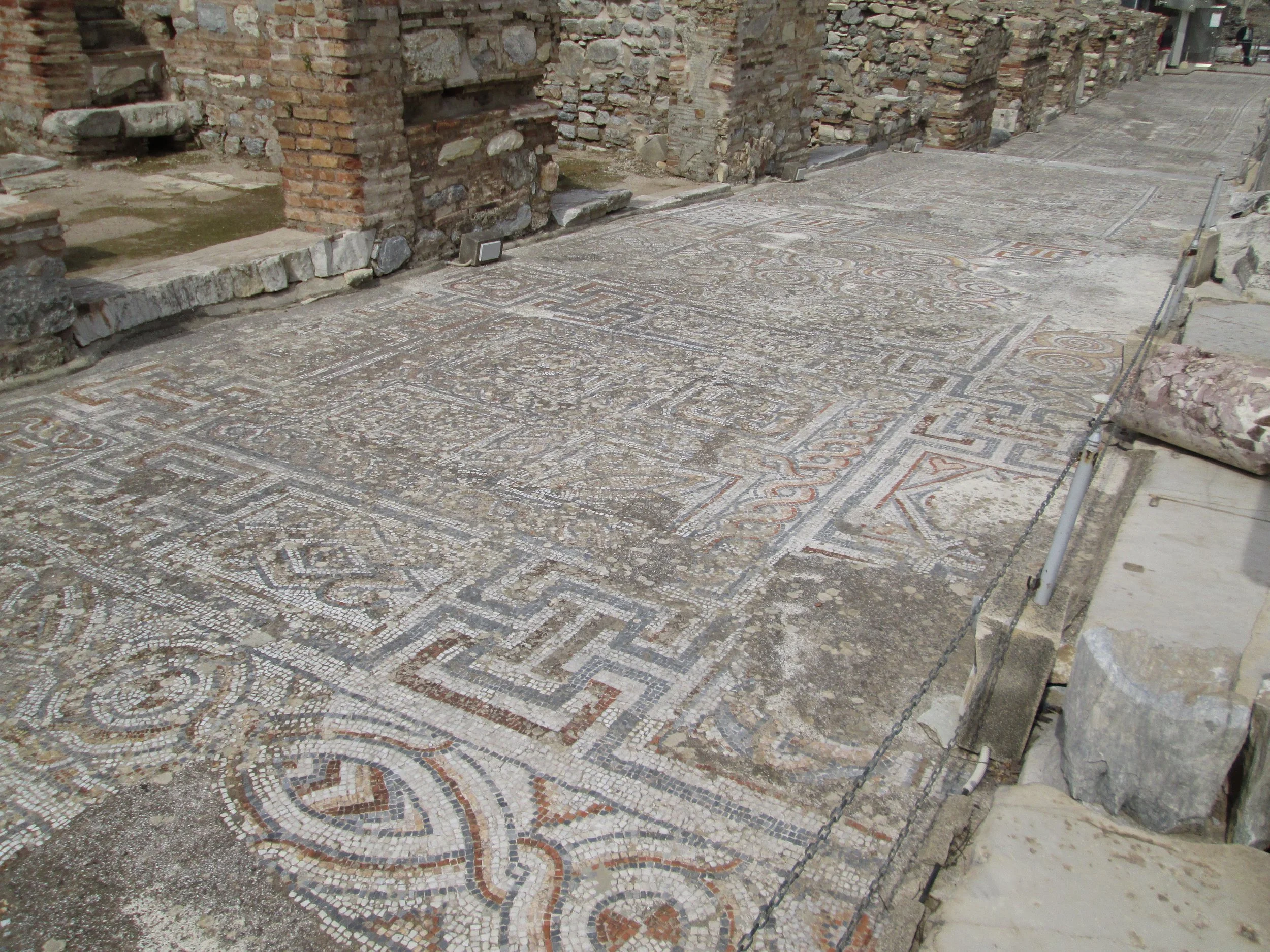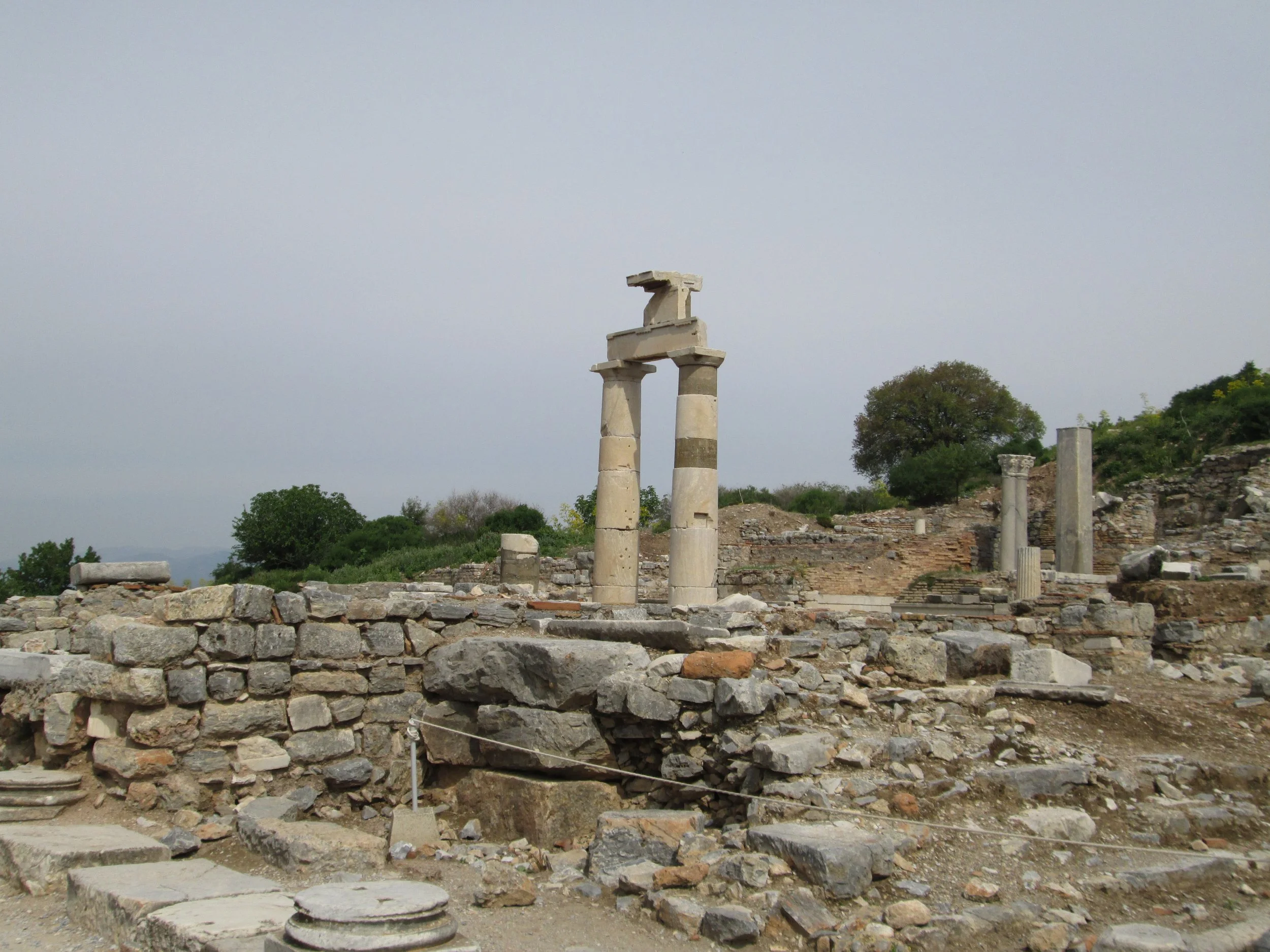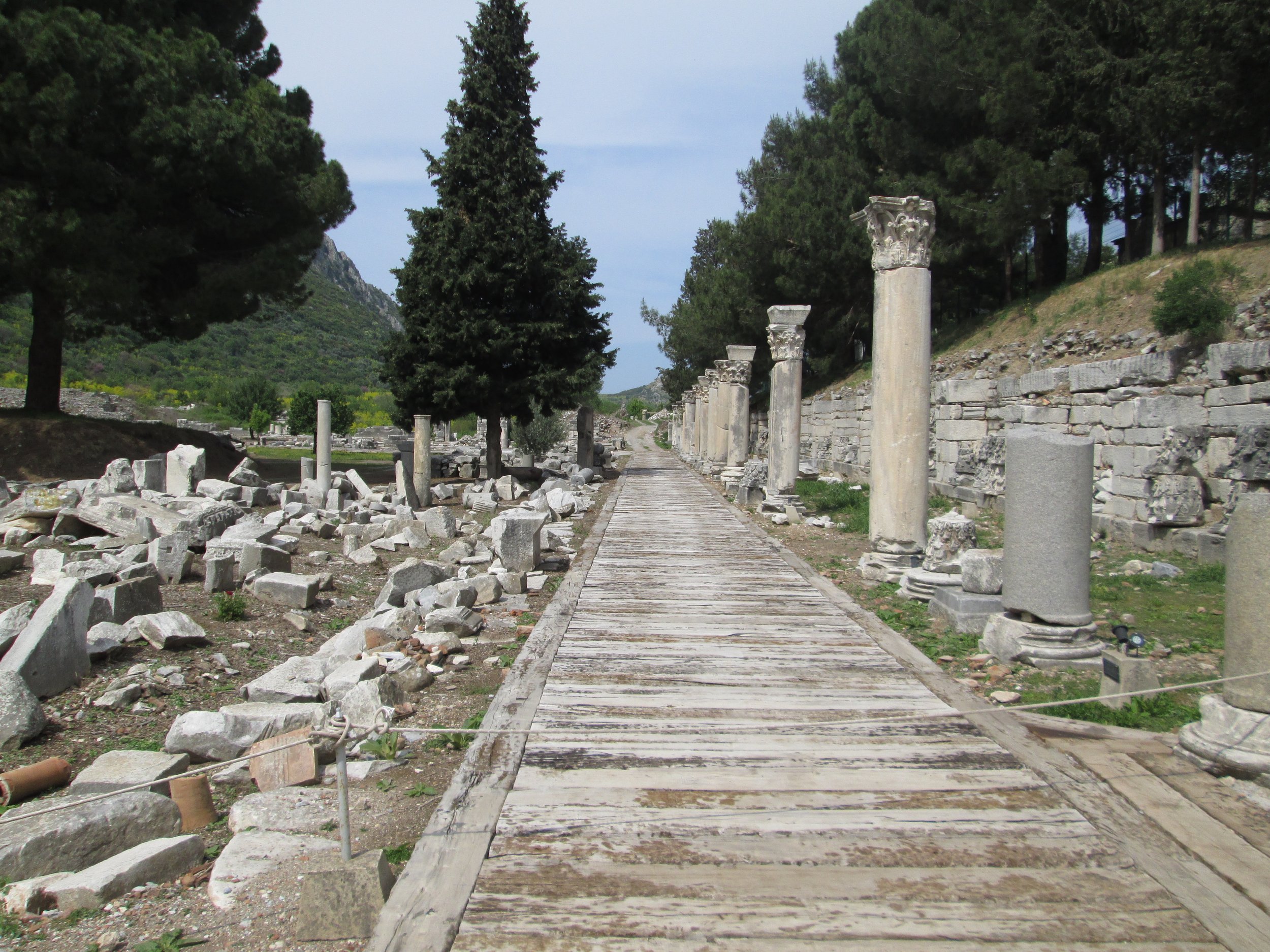Ephesus: Empire, Faith, and the Vanished Sea.
The city at the edge of empire.
The Great Theatre of Ephesus — once echoing with the voices of 25,000 spectators, this colossal amphitheatre carved into Mount Pion stands as a testament to the grandeur of ancient Ionia and the enduring legacy of classical civilisation.
On Turkey’s Aegean coast, at the foot of Mount Pion, lies the ancient city of Ephesus, once one of the largest and most dazzling cities of the ancient world. Founded nearly three thousand years ago, it rose from a coastal trading post into a capital of faith, commerce, and culture.
For centuries the Aegean lapped at its harbour walls. Ships from Greece, Egypt, and Syria crowded its quays, carrying marble, wine, silk, and grain. Today the sea is miles away, the harbour long since swallowed by silt, and Ephesus stands stranded in sunlight, a city of ghosts preserved in stone.
The Temple of Artemis.
Long before Rome’s legions marched these streets, Ephesus was a place of pilgrimage. The Temple of Artemis, built in the sixth century BC, was a wonder of the ancient world. With more than a hundred columns and a roof of painted cedar, it was said to shine like a second dawn when sunlight struck its marble.
Artemis, the huntress and protector of women, was worshipped here as a local mother-goddess. Her cult united merchant and farmer, sailor and pilgrim. Within her temple, faith and commerce blurred, offerings of gold and spice were as common as prayers.
Earthquakes destroyed the temple several times, yet it was always rebuilt. The final structure stood for six centuries before fire and conquest reduced it to rubble. Only a single column remains today, rising from the marsh like a monument to endurance.
The rise of Rome.
The Library of Celsus — Ephesus’s most iconic façade, built in the 2nd century AD to honour the Roman governor Tiberius Julius Celsus Polemaeanus. Once holding thousands of scrolls, it symbolised the city’s devotion to knowledge, culture, and architectural brilliance.
Ephesus prospered under the Persians, then the Macedonians, and finally the Romans. By the first century AD it was the capital of Asia Minor, home to a quarter of a million people and some of the finest architecture in the empire.
The Library of Celsus became its proudest symbol, a monument to knowledge and civic ambition. Inside, twelve thousand scrolls lined cedar shelves while statues of wisdom and virtue watched from marble alcoves. Nearby, the Great Theatre could seat twenty-five thousand, hosting plays, debates, and gladiatorial games.
By night, Ephesus glittered with oil lamps and mosaics. Fountains cooled the air, and colonnades echoed with poets and philosophers. Few cities of the ancient world matched its confidence or its splendour.
Antony and Cleopatra.
In 41 BC Ephesus became the stage for one of history’s most famous love stories. Mark Antony and Cleopatra arrived at the head of a fleet that filled the horizon. For months the city served as their court.
They feasted in marble halls and paraded through the streets in gold and silk. Cleopatra arrived as the goddess Isis incarnate; Antony followed dressed as Dionysus. Whether they married here or merely sealed their alliance, the effect was the same, the union of two worlds, Egyptian and Roman, eastern and western, passion and empire.
When they left, sailing toward the war that would end them both, Ephesus fell quiet again. Yet their memory still lingers on the sea breeze that drifts across the plain.
Faith and transformation.
As the centuries turned, Ephesus changed again. Paul of Tarsus preached here around AD 52, challenging the old gods and calling for a new faith. His words sparked riots in the theatre, where craftsmen who made silver shrines of Artemis feared ruin.
In time, Christianity replaced the old religion. The Church of Mary, built in the fourth century, became one of the earliest cathedrals dedicated to the Virgin. Later tradition held that Mary herself lived her final days in a small stone house on the hills above the city, tended by John the Apostle. Pilgrims still visit that quiet place, where candles burn beside olive trees and prayers are whispered in dozens of languages.
Decline and rediscovery.
The river silted. The sea withdrew. The great harbour became a swamp. Earthquakes, raids, and disease followed, and the city’s power slipped away. By the Middle Ages, shepherds grazed goats where emperors once walked.
Ephesus disappeared beneath the earth until the nineteenth century, when archaeologists began to uncover its marble bones. Streets were cleared, columns raised, inscriptions revealed. The Library of Celsus emerged almost intact, its façade glowing again in the Aegean sun.
Today Ephesus is one of the world’s most extraordinary archaeological sites, a city frozen between glory and ruin, where history feels close enough to touch.
Legacy of stone.
Ephesus tells a universal story. Faith replaces faith. Seas vanish. Power fades. Yet the human urge to build, to believe, to leave a mark, never ends.
Walk its streets at dusk, when the crowds are gone and the marble glows pale gold. The wind moves softly through the theatre. The columns cast long shadows across the stones. In that stillness you can almost hear the heartbeat of the ancient world.


